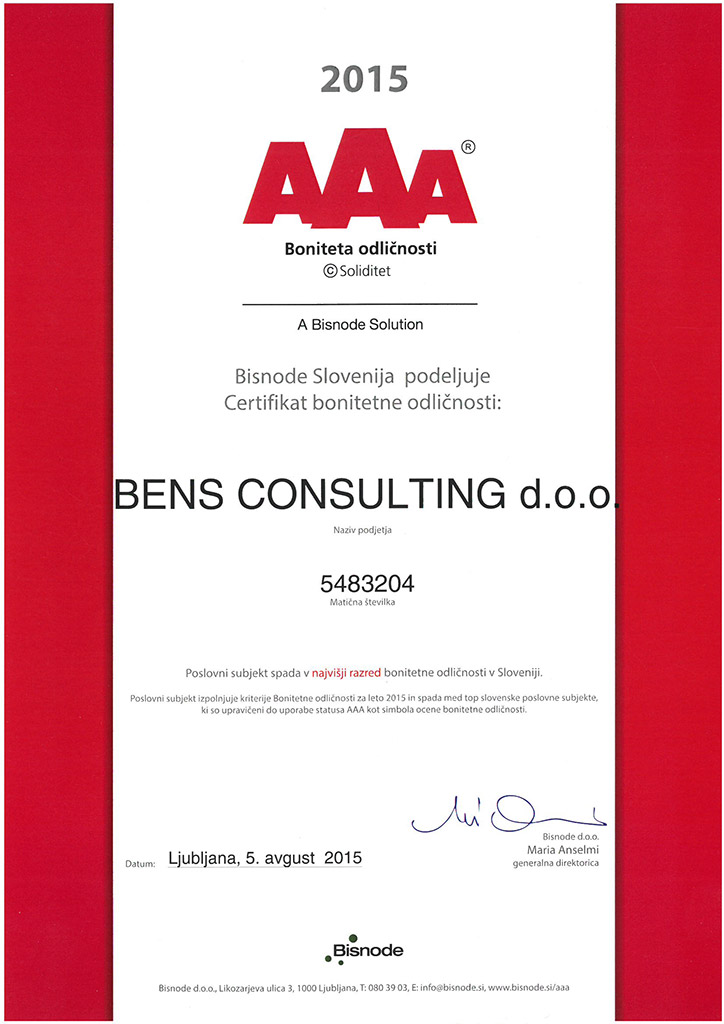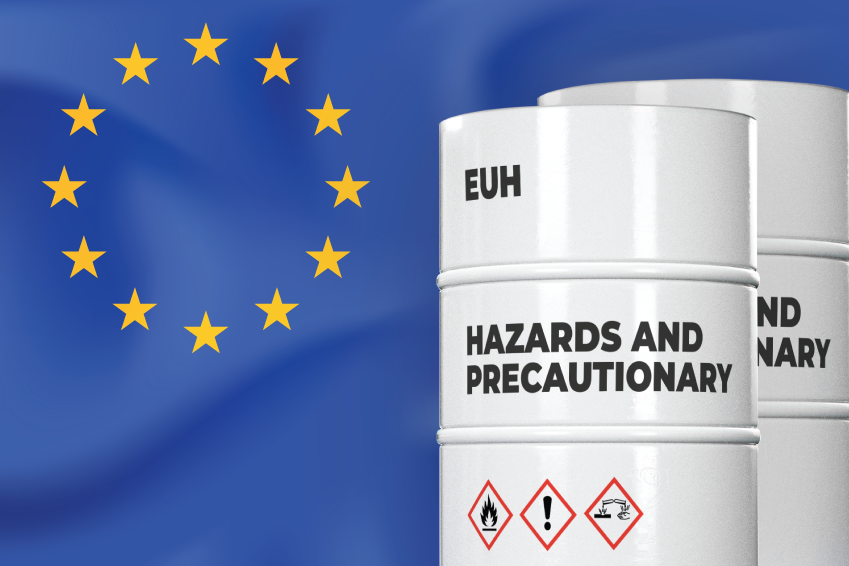
Physical properties
EUH014: »Reacts violently with water.«
EUH018: »In use, may form flammable/explosive vapour air mixture.«
EUH019: »May form explosive peroxides.«
EUH044 – »Risk of explosion if heated under confinement.«
Health properties
EUH029: »Contact with water liberates toxic gas.«
EUH031: »Contact with acids liberates toxic gas.«
EUH032: »Contact with acids liberates very toxic gas.«
EUH066: »Repeated exposure may cause skin dryness or cracking.«
EUH070: »Toxic by eye contact.«
EUH071: »Corrosive to the respiratory tract.«
SPECIAL RULES FOR SUPPLEMENTAL LABEL ELEMENTS FOR CERTAIN MIXTURES
Mixtures containing lead
EUH201: »Contains lead. Should not be used on surfaces liable to be chewed or sucked by children.«
EUH201A: »Warning! Contains lead«
Mixtures containing cyanoacrylates
EUH202: »Cyanoacrylate. Danger. Bonds skin and eyes in seconds. Keep out of the reach of children.«
Cements and cement mixtures
EUH203: »Contains chromium (VI). May produce an allergic reaction.«
Mixtures containing isocyanates
EUH204: »Contains isocyanates. May produce an allergic reaction.«
Mixtures containing epoxy constituents with an average molecular weight ≤ 700
EUH205: »Contains epoxy constituents. May produce an allergic reaction.«
Mixtures sold to the general public which contain active chlorine
EUH206: »Warning! Do not use together with other products. May release dangerous gases (chlorine).«
Mixtures containing cadmium (alloys) and intended to be used for brazing or soldering
EUH207: »Warning! Contains cadmium. Dangerous fumes are formed during use. See information supplied by the manufacturer. Comply with the safety instructions.«
Mixtures containing at least one sensitising substance
EUH208: »Contains (name of sensitising substance). May produce an allergic reaction«.
Liquid mixtures containing halogenated hydrocarbons
EUH209: »Can become highly flammable in use’ or EUH209A ‘Can become flammable in use«
EUH209A: »Can become flammable in use«
Mixtures not intended for the general public
EUH210: »Safety data sheet available on request.«
Mixtures containing titanium dioxide
EUH211: »Warning! Hazardous respirable droplets may be formed when sprayed. Do not breathe spray or mist.«
EUH212:»Warning! Hazardous respirable dust may be formed when used. Do not breathe dust.«
In addition, the label on the packaging of liquid and solid mixtures not intended for the general public and not classified as hazardous, which are labelled with EUH211 or
EUH212, shall bear statement EUH210.
SPECIAL RULE FOR LABELLING OF PLANT PROTECTION PRODUCTS
EUH401 — “To avoid risks to human health and the environment, comply with the instructions for use.”
Practical uses of EUH labelling
So now that we have become familiar with the EUH sentences, let us look at a few practical examples when they are used.
A common situation: you are a supplier of cyanoacrylate adhesives. The presence of isocyanates means you have to label your products with EUH204 »Contains isocyanates. May produce an allergic reaction.«
A similar situation usually happens with epoxy resins. If they contain epoxy constituents with an average molecular weight ≤ 700, you should add the EUH205 “Contains epoxy constituents. May produce an allergic reaction.” on the labels of your products.
Another typical example of labelling with EUH sentences is chlorine-based cleaners. Suppose you sell them to the general public (consumers), and your product contains > 1 % of active chlorine. In that case, you should label your products with EUH206 “Warning! Do not use together with other products. May release dangerous gases (chlorine)”. This informs the consumer of the possible release of chlorine gas if they should use the product in combination with other household cleaners.
How to keep up with EUH labelling?
Keeping up with EUH labelling for hundreds or thousands of products can be a complex process.
- You first must consider the type of your mixtures.
- Secondly, check the CLP regulation in Annex II if your mixture is subject to EUH labelling.
- Include the EUH sentence on your Safety Data Sheets in Section 2.
- Include the EUH sentence on your product labels
- Repeat this process for every product in your portfolio.
Luckily, this time-consuming process has been made extremely straightforward with Chemius.
Let us look at a cyanoacrylate glue example:
1. We add the substance and its concentration with the classification to the material composer. We can immediately see the proposed classification for the product and labelling with EUH sentence – in this case, EUH202.
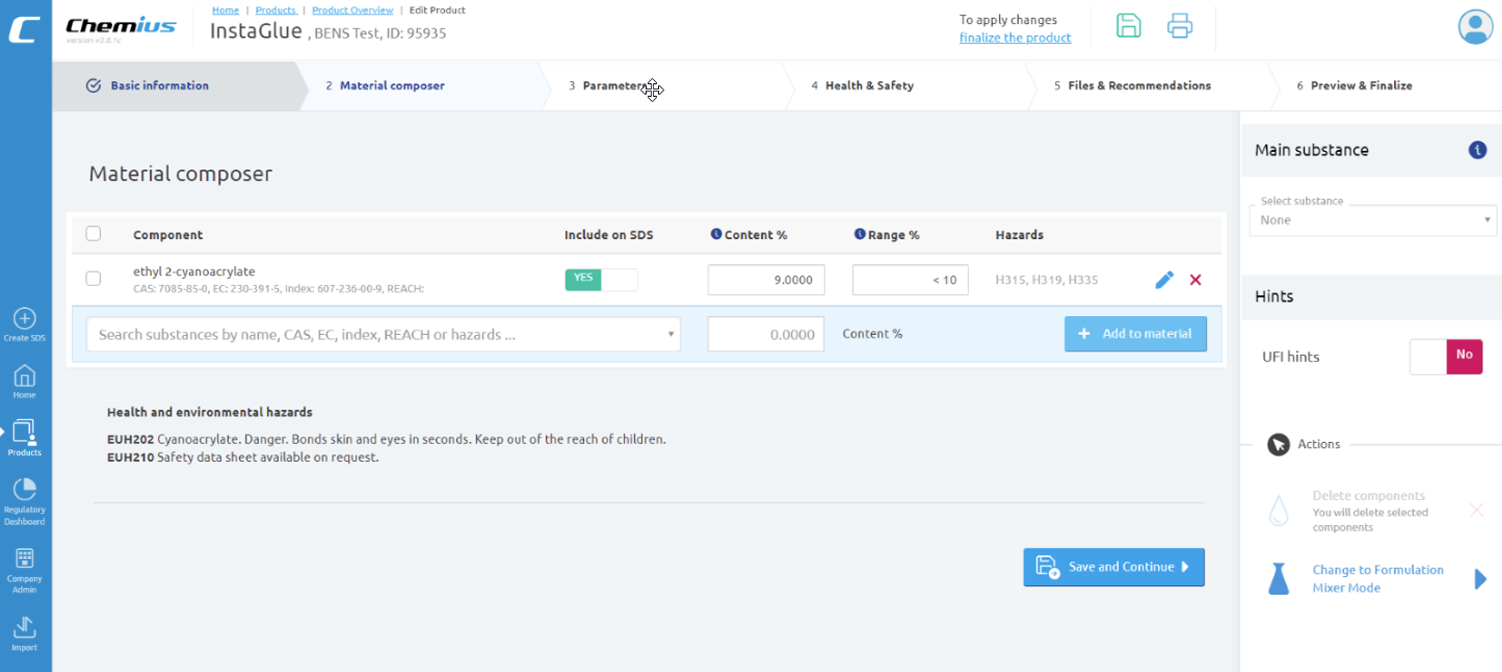
2. If we then decide we do not want to have the product classified as hazardous and therefore lower the content of the substance from 15 % to 9 %, we can immediately see the proposed labelling with EUH202 and EUH210.
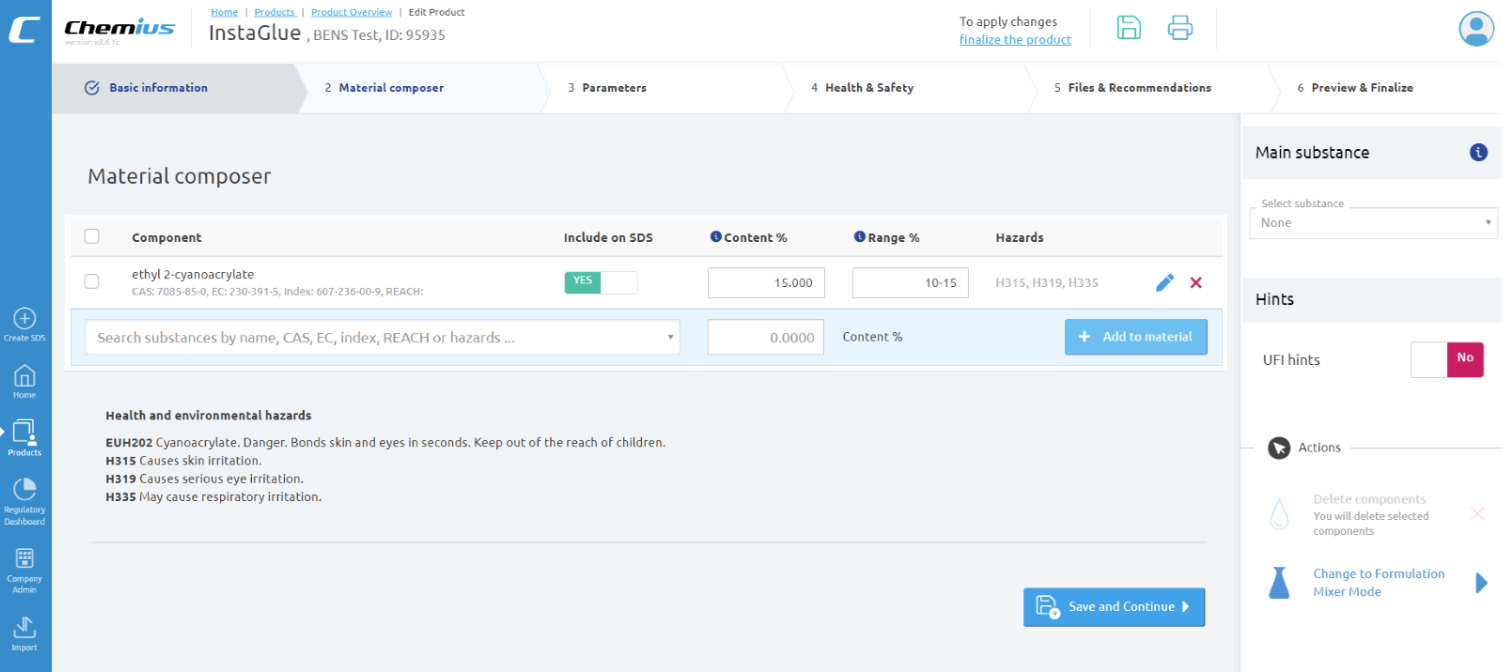
3.When creating the SDS, the Section 2.2 Label elements will look like this:
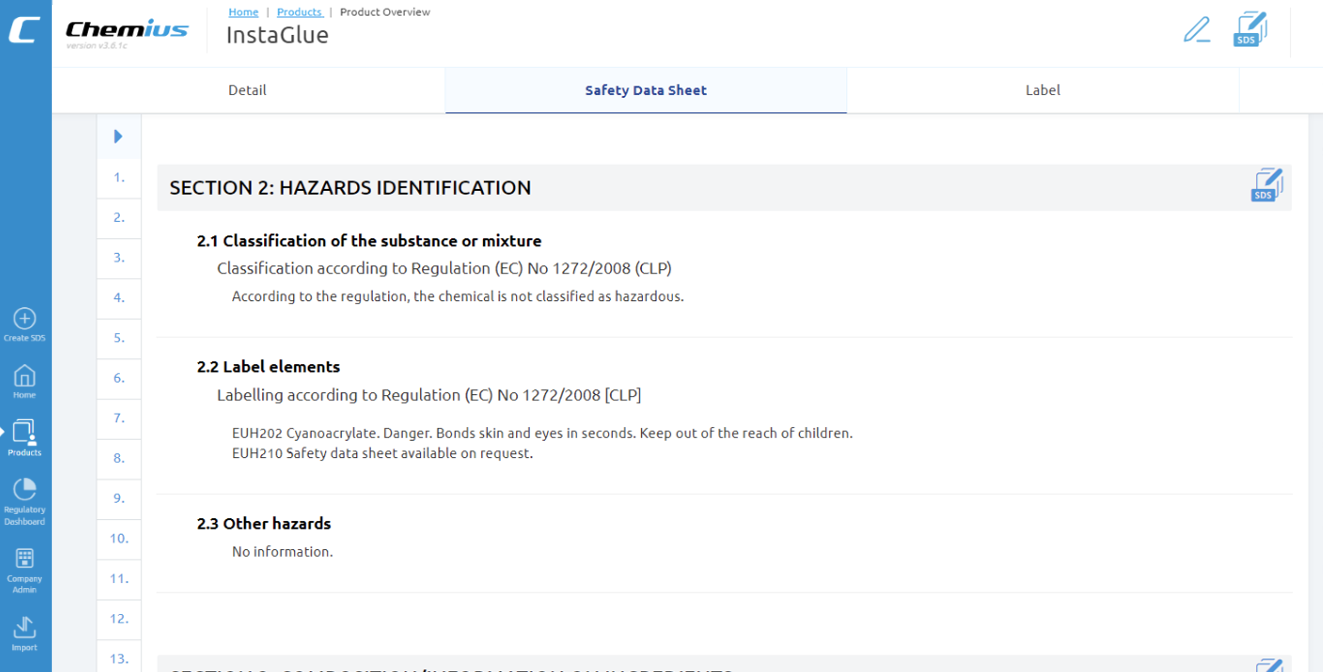
4. And the generated label will also contain the same label elements from the Safety Data Sheet.
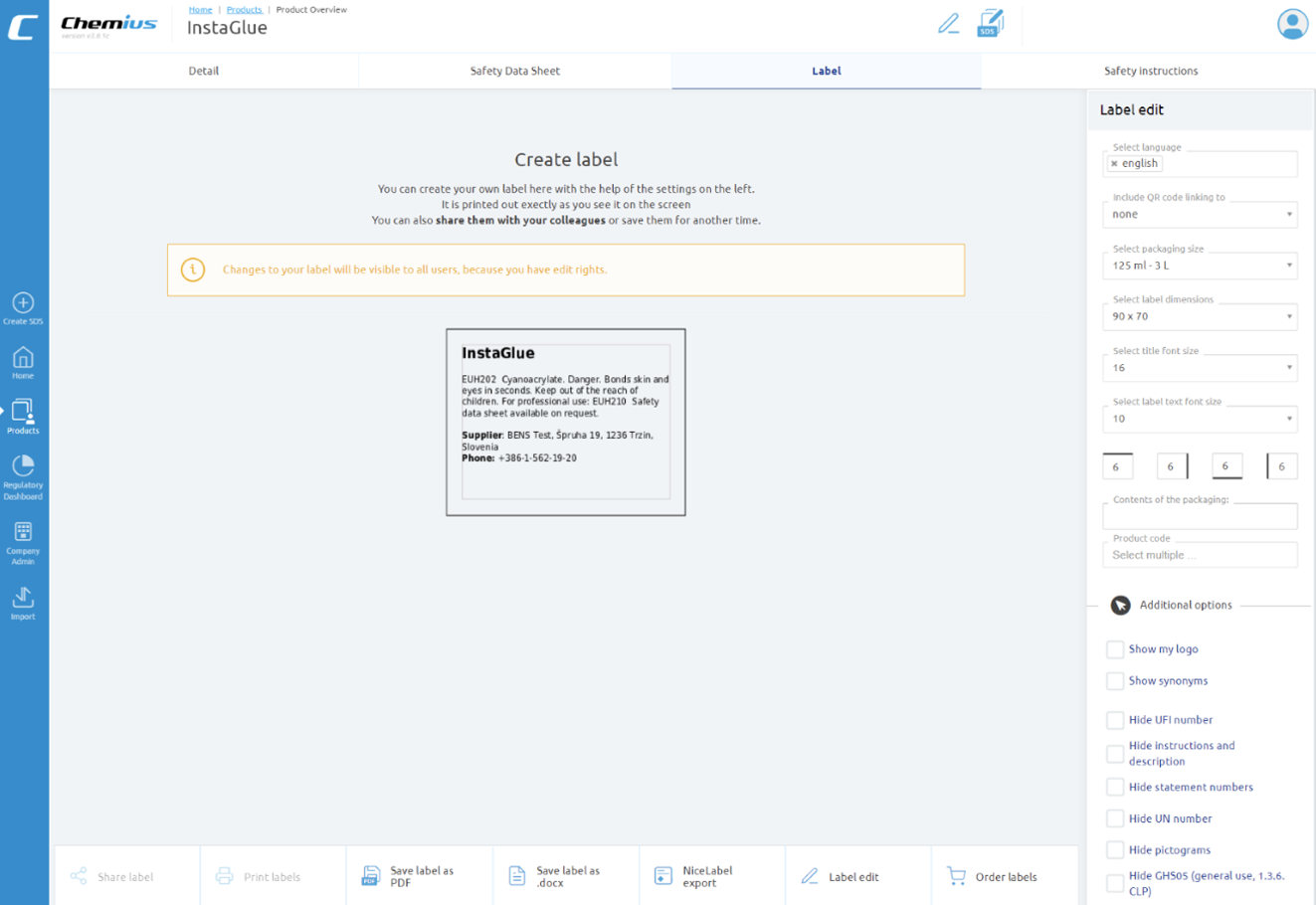
In this way, we have successfully created the SDS and a corresponding label without thinking and checking CLP regulation, whether we have to add a EUH sentence to the label of our product.
EU chemicals’ regulation is one of the most complex chemical legislation. It follows GHS in general, yet also introduces many unique requirements and specifics.
With Chemius, managing labelling-related requirements has been taken to a new level. You are welcome to give it a try yourself for free at https://my.chemius.net/ and see for yourself.
We can also arrange an online practical presentation of Chemius for your company. You can write us at info@bens-consulting.com, and we will arrange a meeting.






 Back to posts
Back to posts

